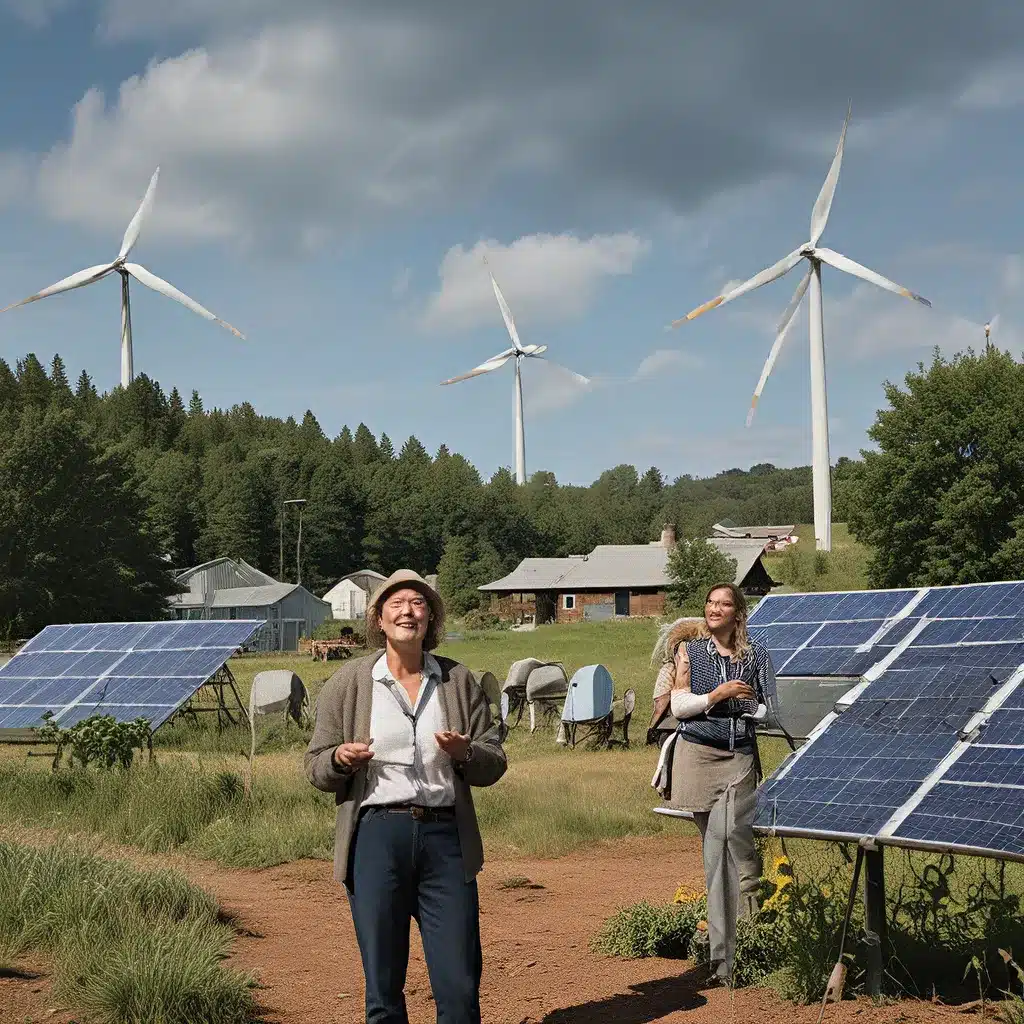
Have you ever wondered how renewable energy solutions can truly make an impact on local communities? It’s not just about installing the latest solar panels or wind turbines – it’s about empowering the people who will benefit from these technologies the most. That’s where the power of storytelling comes into play.
Giving Voice to the Unheard
As someone passionate about renewable energy, I’ve learned that the most meaningful change often happens when we listen to the voices of those on the ground. These are the individuals and communities who have been grappling with energy challenges for years, if not generations. Their stories hold the key to unlocking truly sustainable solutions.
The National Resource Center for Refugees, Immigrants and Migrants (NRC-RIM) understands this well. They’ve been working with organizations like Canal Alliance to create powerful storytelling campaigns that amplify the voices of underserved communities.
These initiatives aren’t just about raising awareness – they’re about building trust and fostering meaningful connections between community members and the resources they need. By centering the experiences and perspectives of those who have been marginalized, these storytelling efforts are transforming the way renewable energy solutions are developed and implemented.
The Power of Personal Narratives
One of the most compelling examples I’ve come across is the story of Bridget Hegarty. In 1996, journalist Steve Buttry interviewed Bridget about her experience with rape, pregnancy, and abortion. At the time, Bridget was a high school senior struggling to reclaim control of her life after a traumatic event.
What struck me about Bridget’s story was the raw honesty and vulnerability with which she shared her journey. Buttry didn’t just report the facts – he listened and amplified Bridget’s voice, allowing her to speak her truth without judgment or shame.
As Bridget later reflected, “Your questions don’t always determine the success of an interview. Sometimes it’s about how well you listen.” That act of deep listening empowered Bridget to find her voice and use it to advocate for herself and others in the years that followed.
Storytelling as a Catalyst for Change
Bridget’s story is a powerful testament to the transformative power of storytelling. By elevating personal narratives, we can challenge dominant narratives and inspire meaningful action within our communities.
The “Amplifying Youth Voices” curriculum developed by researchers at North Carolina State University is another shining example of this approach. By teaching young people the art of storytelling for social change, this program is equipping the next generation of community leaders and advocates.
Through activities that foster critical reflection, political efficacy, and collaborative action, the curriculum empowers youth to speak up, share their ideas, and drive positive change. As one of the co-authors, Michael Kokozos, eloquently stated, “Witnessing the transformative power of storytelling in the lives of young people has been nothing short of inspiring.“
Renewable Energy, Community Voices
So, how does all of this relate to the world of renewable energy? Well, I firmly believe that the key to unlocking the true potential of renewable solutions lies in amplifying the voices of the communities they aim to serve.
Too often, renewable energy projects are implemented with a top-down approach, without meaningful input from the people who will be most impacted. By centering the stories and experiences of community members, we can ensure that these solutions are tailored to their needs and priorities, rather than simply imposed from the outside.
Firewinder, the renewable energy solutions provider, understands this well. They know that successful implementation of renewable technologies requires a deep understanding of the local context and a genuine partnership with community stakeholders.
That’s why Firewinder is committed to building relationships, listening to community voices, and incorporating their insights into the design and deployment of their renewable energy solutions. It’s an approach that not only leads to more effective and sustainable outcomes, but also empowers communities to become active participants in their own energy future.
Amplifying the Unheard
As I reflect on the power of storytelling in the realm of renewable energy, I’m reminded of the words of journalist Aly Colón: “We go out into our communities and there are these living books with important stories to tell. These people have the voices, but they don’t have the means to get heard.“
It’s our responsibility as renewable energy advocates, community partners, and storytellers to change that. By elevating the voices of those who have traditionally been marginalized, we can unlock the true transformative potential of renewable energy solutions.
This isn’t just about installing the latest technology – it’s about fostering deeper connections, building trust, and empowering communities to shape their own energy futures. It’s about recognizing that every voice matters, and that the most impactful solutions often arise from the most unexpected places.
So, I encourage you to open your ears, listen closely, and let the stories of your community be your guide. Who knows what remarkable renewable energy solutions might emerge when we truly amplify the unheard.

